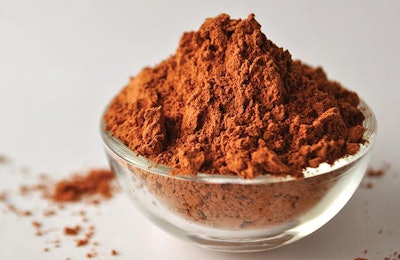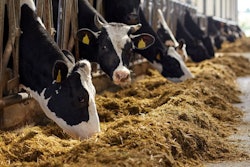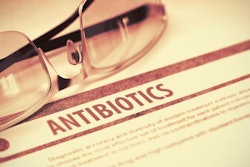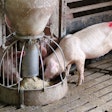
Supplementing cattle diets with clay may hold multiple benefits beyond binding mycotoxins
Cattle may benefit from diets that consistently include a small amount of clay, and not just because the clay renders some mycotoxins harmless.
A new study from the University of Illinois and Ukraine’s United Minerals Group suggests a diet containing clay may improve the ability of cattle to digest fat, especially saturated fatty acids, potentially making more energy available from the animal’s diet. The results, published in the January edition of Animal Feed Science and Technology, have led the authors to recommend a diet containing clay at about 1% of dry matter for cattle, though more research is needed to determine exactly why the clay is beneficial.
Cattle have been known to eat dirt and clay since the 1800s, according to Phil Cardoso, an associate professor in the University of Illinois’ department of animal sciences. Originally, the behavior was thought to be linked to mineral deficiencies, but then new research showed clay was an effective binding agent capable of allowing mycotoxins — aflatoxin in particular — to pass through the digestive system without causing harm. This suggested clay could serve another purpose, perhaps as a buffer, in cattle diets.
Cardoso and his authors sought to test whether the clay changed the rumen pH, to better understand how the ingredient interacts with other nutrients, and what purpose it might serve in cattle digestion. The research team fitted 10 cows with a fistula, a type of surgically installed portal that allowed them to sample the contents of the rumen while feeding a variety of diets.
The realization that the clay improved the digestibility of fats, Cardoso said, came as a surprise. But the experiment didn’t shed light on exactly why the clay caused degradation of fats to improve.
“That was something new and, most likely was because of the type of environment” the clay created in the rumen, he said. He said further research was necessary to determine the exact mechanism by which the clay worked, with an examination of changes in the microbiome likely representing the next step in this line of research.
Meanwhile, he said, it does seem that including clay in cattle diets is genuinely beneficial to the animals—but the type of clay is also important. Cardoso said his team used an aluminosilicate clay from Ukraine — the same kind that a 2018 study demonstrated improved immune function and reduced liver inflammation caused by aflatoxin. Different kinds of clay, or different products, could have different results. This, too, requires additional research, Cardoso said.















